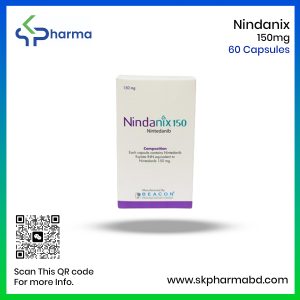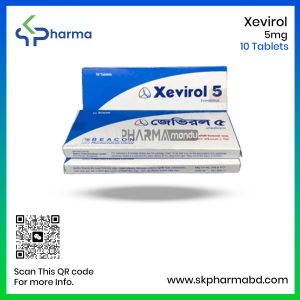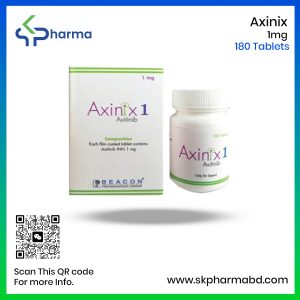Related products
Product Description
Obeticholic Acid is used to treat primary biliary cholangitis (PBC) in people who have had a poor response to UDCA, as well as cholestatic liver disease and non-alcoholic fatty liver disease (NAFLD), including non-alcoholic steatohepatitis (NASH).
FXR, a nuclear receptor found in the liver and gut, is activated by obeticholic acid. The bile acid, inflammatory, fibrotic, and metabolic pathways all have FXR as a critical regulator. FXR activation reduces bile acid concentrations in intracellular hepatocytes by reducing de novo cholesterol production and increasing bile acid transport out of the hepatocytes.These strategies reduce hepatic bile acid exposure by limiting the total amount of the circulating bile acid pool while increasing choleresis.
Bile acid binding resins, such as cholestyramine, colestipol, or colesevelam, adsorb and inhibit bile acid absorption, and may reduce Obeticholic Acid absorption, systemic exposure, and efficacy. If you’re taking a bile acid binding resin, take Obeticholic Acid at least 4 hours before or after the bile acid binding resin, or at the earliest practicable interval.Warfarin: When warfarin and obeticholic acid were taken together, the International Normalized Ratio (INR) fell. When co-administering Obeticholic Acid and warfarin, keep an eye on your INR and adjust your warfarin dosage as needed to stay within the target range.
Narrow Therapeutic Index CYP1A2 Substrates: Obeticholic Acid may increase the exposure to concomitant CYP1A2 substrates. With a limited therapeutic index, CYP1A2 substrates are monitored therapeutically.






